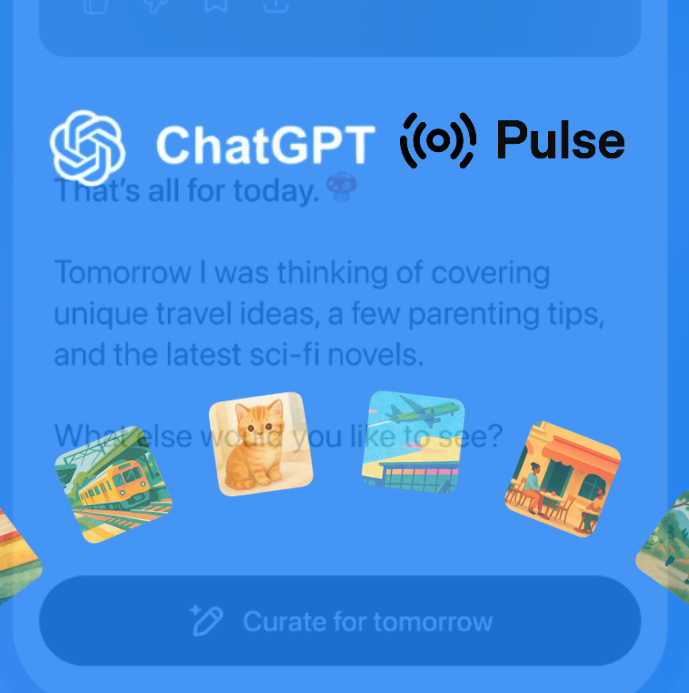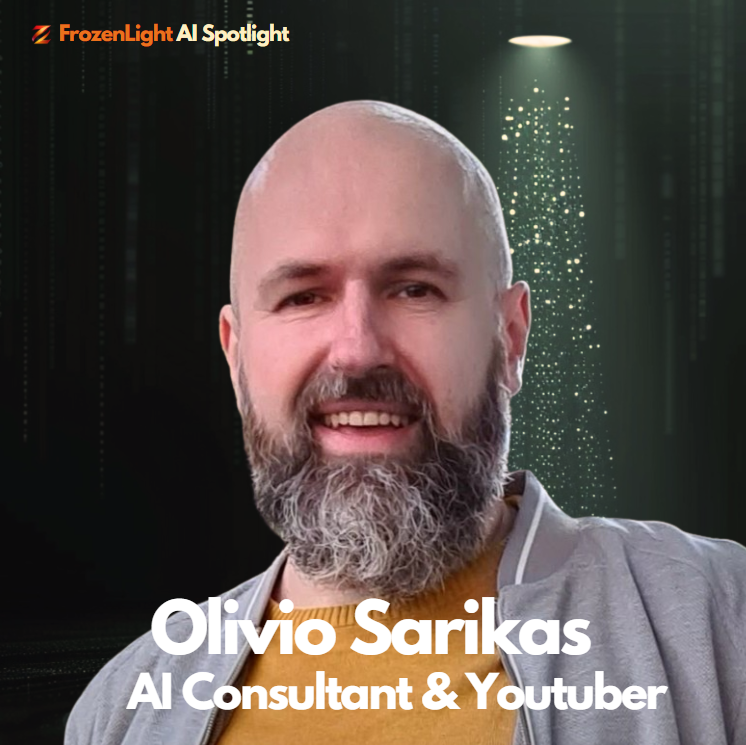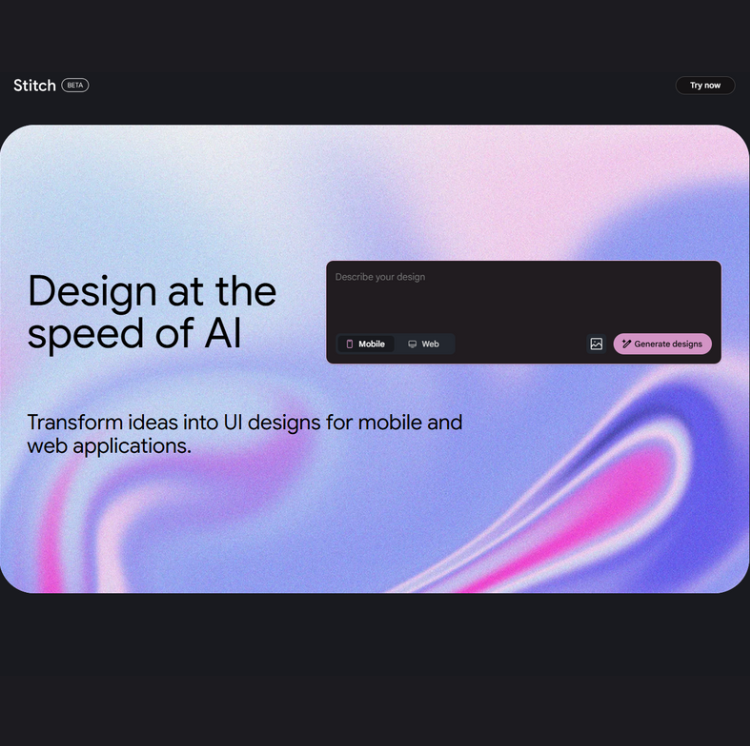Elon Musk’s xAI is preparing to launch Grok 4, the next version of its AI chatbot, shortly after July 4, 2025.
The model is said to feature stronger reasoning, better coding skills, and an upgraded training process - with one internal goal described as “rewriting human knowledge.”
What Grok Is Saying
Grok 4 is being positioned as a full reset - not just a version upgrade. After public missteps with Grok 3, xAI is reframing this release as a serious push into advanced reasoning and developer tools.
The goal? Clean up the training data, sharpen Grok’s logic, and make it competitive with the top AI models - not as a bolt-on, but as a core product.
Musk summed it up on X:
“Grinding on @Grok all night with the @xAI team. Good progress. Will be called Grok 4. Release just after July 4th. Needs one more big run for a specialized coding model.”
This isn’t a feature update - it’s a relaunch. And xAI wants everyone to see the difference.
What You’ll Actually Be Able to Do With Grok 4
Grok 4 isn’t just about chatting - it’s being built to help you do real work.
Here’s what that could look like in practice:
1. Solve More Complex Problems
You’ll be able to ask Grok to explain harder topics, walk through logic, or troubleshoot issues step by step - not just answer trivia.
“Help me figure out why this algorithm is failing in edge cases.”
“Can you walk me through the reasoning behind this decision?”
2. Write and Fix Code
Grok 4 includes a dedicated “grok-4-code” model, so expect better results for:
-
Writing scripts or full apps
-
Debugging broken code
-
Explaining technical systems
“Write a Python script that parses PDFs and stores metadata in a database.”
“This code throws an error - can you fix it and explain why it happened?”
3. Work With Data
You’ll be able to:
-
Clean and transform data
-
Write SQL queries
-
Analyse trends
-
Build spreadsheet logic (Grok is rumored to support editing spreadsheets soon)
“Show me the top 5 performing products based on this CSV.”
“Generate a report comparing month-over-month sales.”
4. Build More Accurate Prompts
With better reasoning, Grok 4 should help you build smarter AI chains and workflows - perfect for devs or prompt engineers trying to scale up automation.
“I want to create a multi-step prompt that pulls user feedback, categorises it, and sends summaries. Help me plan it.”
5. Ask Deeper Questions - and Get Smarter Replies
The upgrade in logic means you can go beyond surface answers.
“What’s the strongest counter-argument to this idea?”
“If I wanted to challenge this legal clause, where would I start?”
❄️ Let’s Connect the Dots
In order to understand what Ilan is talking about we have to start with a proving information on the current stage at Grok current evolution and is the company purpose.
What Is the Purpose of Grok?
According to Elon Musk and xAI, Grok was built to be a chatbot with attitude, reasoning power, and access to real-time information - especially from X (formerly Twitter).
Its core purpose was framed around:
-
Being a more honest, less “censored” alternative to existing AI models
Musk often criticises OpenAI and Google for being “overly filtered” or “woke.” Grok was designed to say what others won’t - even at the risk of controversy. -
Giving users access to live, real-time information
Grok is natively connected to X - meaning it can pull from live social content and breaking news, in contrast to GPT, which uses a static knowledge base unless browsing is enabled. -
Supporting reasoning and advanced logic tasks
With Grok 3 and Grok 3 Think, xAI introduced stronger logic modules aimed at math, code, and reasoning-heavy workflows - moving Grok closer to a productivity tool. -
Serving as the core of an AI-native product ecosystem
From Elon’s tweets and infrastructure investments (API, Telegram, Oracle, Azure), it’s clear Grok is meant to become the foundation for AI experiences across platforms - not just a chatbot.
How Did They Position the LLM?
Grok is not branded like a professional assistant (e.g. GPT-4o or Claude). Instead, its positioning leans toward:
|
Trait |
Grok’s Positioning |
|
Tone |
Bold, irreverent, sometimes sarcastic - meant to feel more “human” |
|
Access model |
Built directly into X (for Premium+ users), with public API in beta |
|
Narrative |
Anti-establishment, pro-free speech, less restricted, open to edgy questions |
|
Audience |
Developers, early adopters, “free thinkers,” and Musk’s global fanbase |
|
Brand |
Grok references Douglas Adams’ Hitchhiker’s Guide to the Galaxy - “to grok” = to understand deeply |
Musk himself described Grok as:
“Designed to have a little humor in its responses. It’s also rebellious and questions authority. Please don’t use it if you hate humor!”
- Elon Musk, X Post
Current Stage in Adoption
Grok is still far behind ChatGPT in total user base - but its growth curve is steep, and the way it spreads is different. Here’s where things stand:
📊 User Base Size (as of mid-2025)
|
Metric |
Grok (xAI) |
ChatGPT (OpenAI) |
|
Monthly Active Users |
~35 million |
~180 million |
|
Daily Active Users |
~6.7 million |
Estimated ~35–40 million |
|
Traffic Growth (2025) |
44K (Dec) → 1.2M (Jan) → 51M (Feb) → 202M (Mar) |
Stable growth since 2022, spiked post-GPT‑4o |
|
API Access |
Beta (Grok 3 & Grok Mini available) |
Full (GPT-4, GPT-4o, GPT-3.5) |
Geographic Diversity
Grok's growth is highly international. Here's the geographic distribution of its users:
|
Country |
% of Grok’s User Base |
|
India |
~33% |
|
United States |
~14.6% |
|
China |
~9.1% |
|
Vietnam |
~3.8% |
|
Rest of World |
~40% |
Compared to ChatGPT, which has a heavier base in North America and Europe, Grok is gaining faster traction in Asia - especially among younger, tech-savvy users.
Age & Gender Breakdown
|
Demographic |
Grok Users |
|
18–24 |
~21.5% |
|
25–34 |
~33.4% (largest) |
|
35–44 |
~19.1% |
|
Male |
~67% |
|
Female |
~33% |
This skews younger and more male than ChatGPT's user base, which is broader across professional and educational segments. Grok’s tone and integration into X appeals more to developers, meme-native users, and digital-first communities.
Adoption Model Difference
|
Factor |
Grok |
ChatGPT |
|
Growth Platform |
Embedded in X, plus Telegram & API |
Standalone assistant, embedded in Office, Teams, mobile |
|
Access Path |
Free with X Premium+, no standalone app |
Free + paid tiers, available cross-platform |
|
Tone & Style |
Bold, funny, Elon-style |
Polished, neutral, assistant-like |
|
User Onboarding |
Passive - grows with platform use |
Active - users go looking for it |
Developer Usage: Grok, ChatGPT & Gemini
|
Platform |
Total Users (MAU) |
% of Users Doing Code |
Estimated Number of Developers |
|
Grok |
~35 million MAU |
~25% |
~8–9 million devs |
|
ChatGPT |
~600 million MAU; 300 million weekly |
~43% using for code |
~258 million devs |
|
Gemini |
~350 million MAU |
1.5 million devs (via API use) |
~0.4% of users |
Everything is a numbers play of adaptation and usage.
Developers and API access are how companies build engagement and accelerate growth.
And Grok wants to be there.
This is how they’ve decided to try and achieve that -
by focusing on a developer audience, opening their API, and building a specialised code model.
Bottom Line
-
🧠 Product: Grok 4 - upgraded reasoning, logic, and a dedicated coding model
-
🛠️ Focus: Developers, real-time data access, and productivity use cases
-
🌍 User Base: ~35 million MAU, with ~25% using Grok for code (≈9 million devs)
-
🌐 Access: Via X Premium+, Telegram, and public API
-
🧑💻 API Models:
-
grok-3-beta: $3 (input) / $15 (output) per million tokens
-
grok-3-mini-beta: $0.30 (input) / $0.50 (output)
-
Both support 131k-token context windows
-
🎁 Free Developer Credits: $25 monthly during public beta
-
📅 Status: Final training underway - release expected shortly after July 4
Find more information about about Grok4
-
Brent A. Anders says in this video he beieves Grok4 will be out on July 7th
- Aero here is talkign about the advanced reasoning as declared by Elon Musk

-
Here you can listen to a podcast style video
From Thoughts to Prompts
The key difference Grok brings to the table - compared to most other LLMs - is data access.
Grok has real-time access to X (formerly Twitter), and in many cases, it will use that live data to answer your questions if it’s relevant.
This makes a real difference.
Why? Because the kind of data a model can access directly shapes:
-
How up-to-date its answers are
-
Whether it can include recent news or trending topics
-
How well it understands current events, cultural shifts, and public conversations
Most LLMs - like Claude, Gemini, and even ChatGPT (when browsing is off) - rely only on training data frozen at a certain point in time. That means they might answer confidently about something that has already changed.
So before you use any model - Grok, ChatGPT, Gemini, Claude - take a second to check what it knows right now.
Here’s a prompt you can copy and paste into the LLM of your choice:
Can you explain what kind of data you were trained on, whether you have access to real-time information right now, and how that affects the quality or accuracy of the answers you give? Also, please clarify how you handle user data, memory, and whether you're using any APIs (like X posts or web search) to generate your responses.
Understanding what your AI can see is the first step to understanding how good its answers will be.
Stop the AI cult – by using the power of perspective
Frozen Light Team Perspective
What can we say - we’re tired of hearing that it’s going to be “smarter.”
Smarter how? Smarter than who?
PHD, senior dev, junior dev - those titles keep getting thrown around like it means something.
But how are we supposed to know what that actually means in practice?
If you’re a Grok user - easy, go try it.
If you’re not - you’ll still need to compare it to whatever you’re using now.
The one thing we do think matters is this:
Grok has real-time access to social media - and that changes things.
It’s part of Elon Musk’s whole mission: supporting free speech through X.
Now, that can mean more freedom. But it also means fewer filters. Less fact-checking. More opinions.
That doesn’t make it better or worse - but it will affect the answers you get.
And that impact depends on the kind of questions you’re asking.
Right now, most of the buzz around Grok 4 is about developer capabilities.
We don’t know yet if that’s the real game-changer.
But if you plan to use Grok through an API - this is worth thinking about.
Because the source of data will shape the kind of responses you get.
From our point of view, Elon Musk has a clear agenda.
And Grok is here to help push that agenda forward.
Whether you agree with it or not - that’s up to you.
We’re not judging.
We’re just saying: know what you’re plugging into.
And with Grok 4?
Let’s be real - it’s aiming hard at ChatGPT.
We’re pretty sure there are some feelings behind that. Wink wink.








